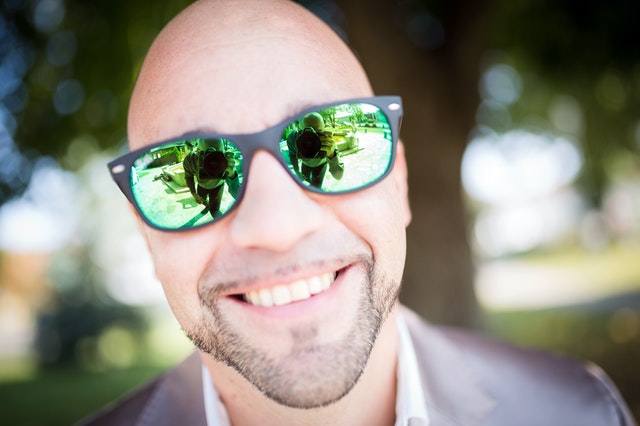Alopecia Areata affects roughly 6.8M people in the US. It mostly happens because of stress and causes severe hair loss leading to baldness. Though it is common to both genders, baldness in men and women is something anyone might want to take care of.
A brief overview
The word Alopecia itself means any type of baldness or hair loss, whether it’s on the scalp or on any other hairy part of the body. When this word is combined with other terms, it can be used to describe a number of conditions, all relating to hair loss.
Alopecia Areata is used to describe hair loss which occurs on any part of the body. Alopecia Totalis refers to a condition when the patient loses all of his hair on the scalp. Alopecia Universalis is when the patient loses all of his hair on the scalp, the rest of the body including the pubic hair. Alopecia Barbae is when the patient loses only beard hair. Androgenetic Alopecia, commonly referred to as male pattern baldness, is thinning of hair to such an extent that the scalp is almost visible. It is usually considered a hereditary form of hair loss.
Reader’s Choice: 6 Strong Home Remedies To Treat Hair Fall
An interesting thing to note about this disease is that it has almost nil or very insignificant effects on the body. The patients normally are in excellent physical health. The psychological effect is however is more pronounced. Hair loss or even complete baldness results in low self-esteem, embarrassment, anxiety attacks, and even depression, and ironically all of these aforementioned states are known to result in an increase in hair loss.
Causes
The most recent research shows that Alopecia Areata is an abnormality of the immune system. That is why it is referred to as an autoimmune disease. The immune system for unknown reasons starts to consider the hair follicles as unfamiliar tissue.
What causes baldness in men and women? The white blood cells attack the follicle and prevent or reduce hair growth though the follicles are not damaged. This is why there is always a chance of the hair growing back once the normal cycle of the follicle is allowed to begin.
Diagnosis
The first signs of the disease are small, often round patches of baldness appearing on the scalp. The disease is usually found in young children, teenagers but can happen to almost people of all ages. Baldness in men usually starts from the forehead and can then move on to the whole scalp.
Consider Reading: You Didn’t Know This About Oily Hair & How To Get Rid Of Oily Scalp
Another reliable sign is the exclamation point hair. This is when the part of the hair close to the base reduces to such an extent that it starts to look like an exclamation point. This can be viewed with a hand lens. Another method is where the doctor gently tugs puffs of hair, where the hair seems to be unusually less. The force is less than what would be required to pull out normal healthy hair and if still, hair falls, this means the patient is suffering from Alopecia Areata.
Treatment
How to cure baldness in men and women? Usually, hair begins to grow back on the patches. This happens to almost fifty percent of the patients. However, there are cases where the disease can be persistent and often increase in intensity. There is no known method to date that can cure the disease a hundred percent. Different cures for baldness have different effects on patients and it’s a matter of realizing what helps the most.
Cortisone Injections are a popular treatment in which cortisone is injected into the bald patch directly usually once a month. This helps only the injected patch; it does not stop other patches from being created. Topical minoxidil has also been known to be effective on patients though its effect is varied. It is normally used in concentrations of two and five percent and has insignificant side effects. Corticosteroids can also be used to stop the increase in patches. Wigs are also an alternate option.
Research is still being carried out to understand Alopecia Areata, its causes, and possible treatments as there is still some ambiguity regarding this disease. Baldness in men and women can sound terrifying but unless it does not cause any serious problems, you don’t need to worry.








